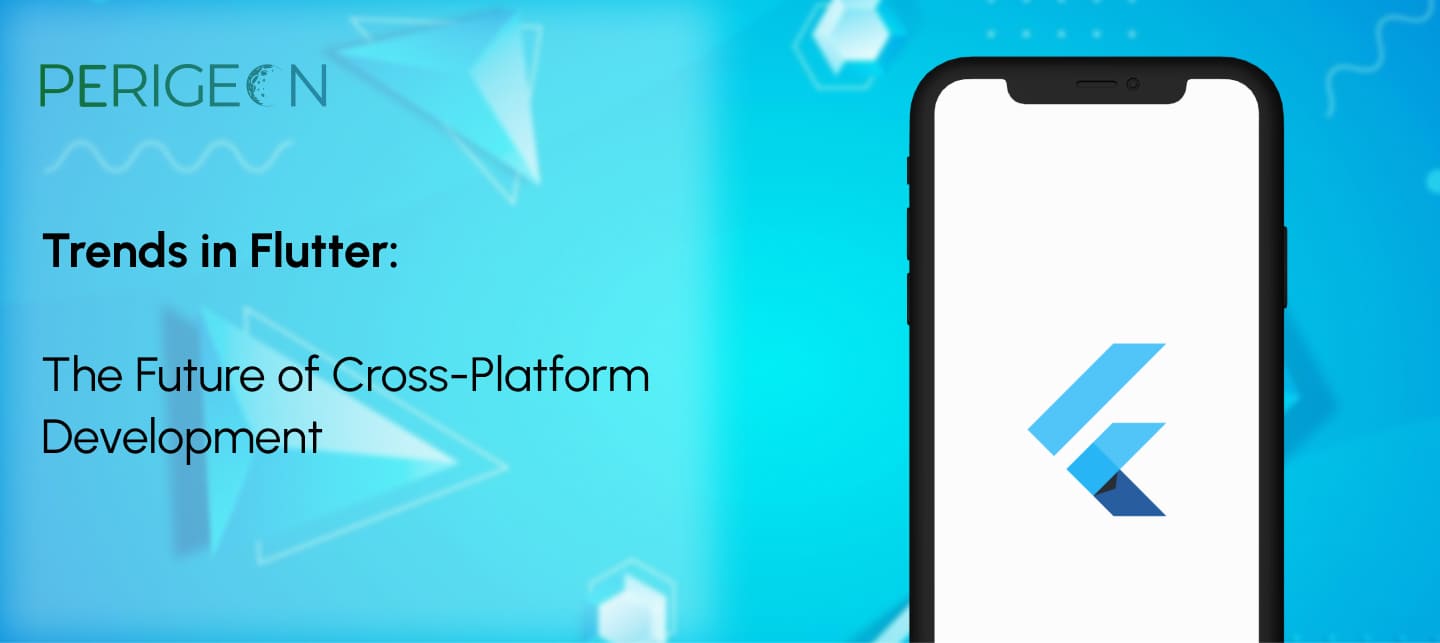Flutter, Google’s open-source UI toolkit, continues to redefine cross-platform app development. With its growing popularity, Flutter is evolving rapidly, bringing new trends, features, and best practices to the industry.
In this blog post, we’ll explore the latest trends in Flutter and how they are shaping the future of mobile, web, and desktop app development.
1. Flutter’s Expansion Beyond Mobile
a. Flutter for Web
- Google continues to enhance Flutter Web, making it more robust for progressive web apps (PWAs) and single-page applications (SPAs).
- Improved performance with CanvasKit and WebAssembly.
b. Flutter for Desktop
- Flutter now supports Windows, macOS, and Linux.
- New platform-specific adaptations, including native-like menus, keyboard shortcuts, and resizing support.
- More businesses are using Flutter for cross-platform enterprise applications.
2. Rise of Flutter 3 & Future Releases
- Flutter 3 introduced faster rendering, improved scrolling, and stable desktop support.
- Expect Flutter 4 to bring further performance optimizations and AI-powered development tools.
- Embedded Flutter apps in smart devices and IoT applications.
3. Performance Improvements with Dart 3
- Null safety continues to be a major feature, ensuring safer code.
- JIT and AOT compilation improvements for faster startup times and reduced memory footprint.
- Enhanced async performance for smooth animations and seamless user experiences.
4. Flutter’s Growing Ecosystem & State Management Trends
a. Newer & Better State Management Approaches
- Riverpod 2.0 gaining traction due to its scalability and simplicity.
- Bloc & Cubit remain favorites for complex applications.
- Redux and Provider still widely used but gradually being replaced by modern approaches.
b. Expansion of Flutter’s Plugin & Package Library
- Increased community contributions to FlutterFire (Firebase integration).
- More advanced machine learning and AI-powered plugins.
- Growing use of GraphQL and API-driven architectures.
5. AI & ML Integration in Flutter Apps
- TensorFlow Lite & Firebase ML making AI-powered Flutter apps more accessible.
- More businesses adopting AI chatbots, image recognition, and NLP features in Flutter applications.
- Flutter’s growing compatibility with AI-based frameworks like Hugging Face and OpenAI GPT APIs.
6. Rise of Game Development with Flutter
- The introduction of Flutter Flame, a game engine specifically designed for Flutter.
- Developers leveraging Flutter for 2D mobile gaming and interactive experiences.
- Growth in hybrid app-game experiences using Flutter.
7. Flutter DevTools & Productivity Enhancements
- Enhanced Flutter DevTools providing better debugging, profiling, and performance monitoring.
- Improvements in hot reload and live preview for faster UI iteration.
- New support for VS Code and JetBrains IDEs improving developer experience.
8. Flutter in Enterprise & Large-Scale Applications
- More Fortune 500 companies adopting Flutter for scalable, cross-platform applications.
- Expansion into banking, fintech, healthcare, and logistics industries.
- Improved security and compliance for enterprise-level applications.
Some of our Usecases
Mobile App Development for Lender Companies: Key Features and Best Practices
Build messenger with chat and video calling using QuickBlox API and SDK
Mobile App for Salesforce Commerce Cloud (SFCC): Unlocking Seamless Customer Experiences
Perigeon Can Help!
Looking to leverage the latest Flutter trends for your next project? Perigeon specializes in Flutter app development, AI-powered solutions, and cross-platform optimization to help businesses stay ahead.
📩 Contact Perigeon today to build cutting-edge Flutter applications! 🚀
Conclusion
Flutter continues to evolve, making cross-platform development faster, more efficient, and more powerful. With new trends in performance, AI integration, web/desktop support, and gaming, the framework is set to dominate the industry in the coming years.
Ready to embrace the future of Flutter? Let Perigeon help you develop high-performance Flutter apps today! 🚀





